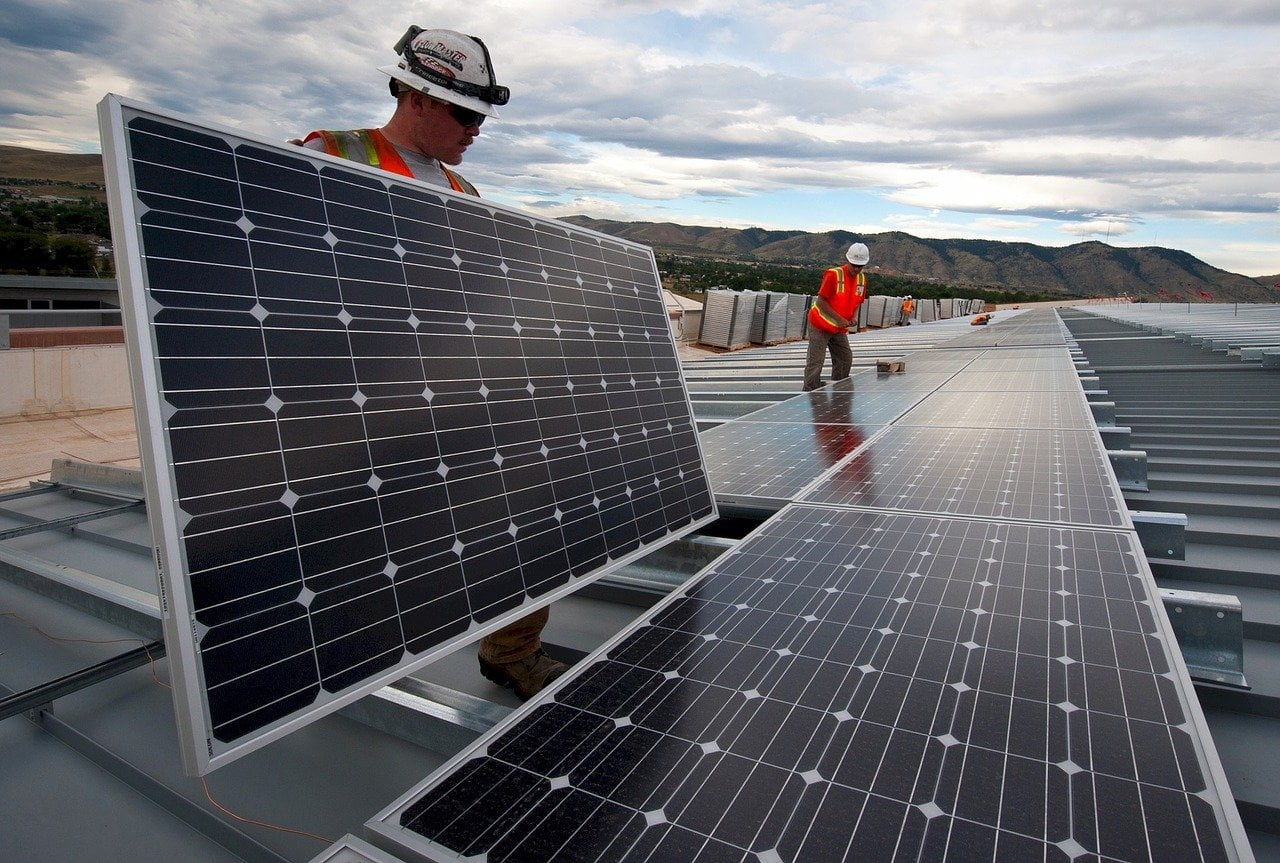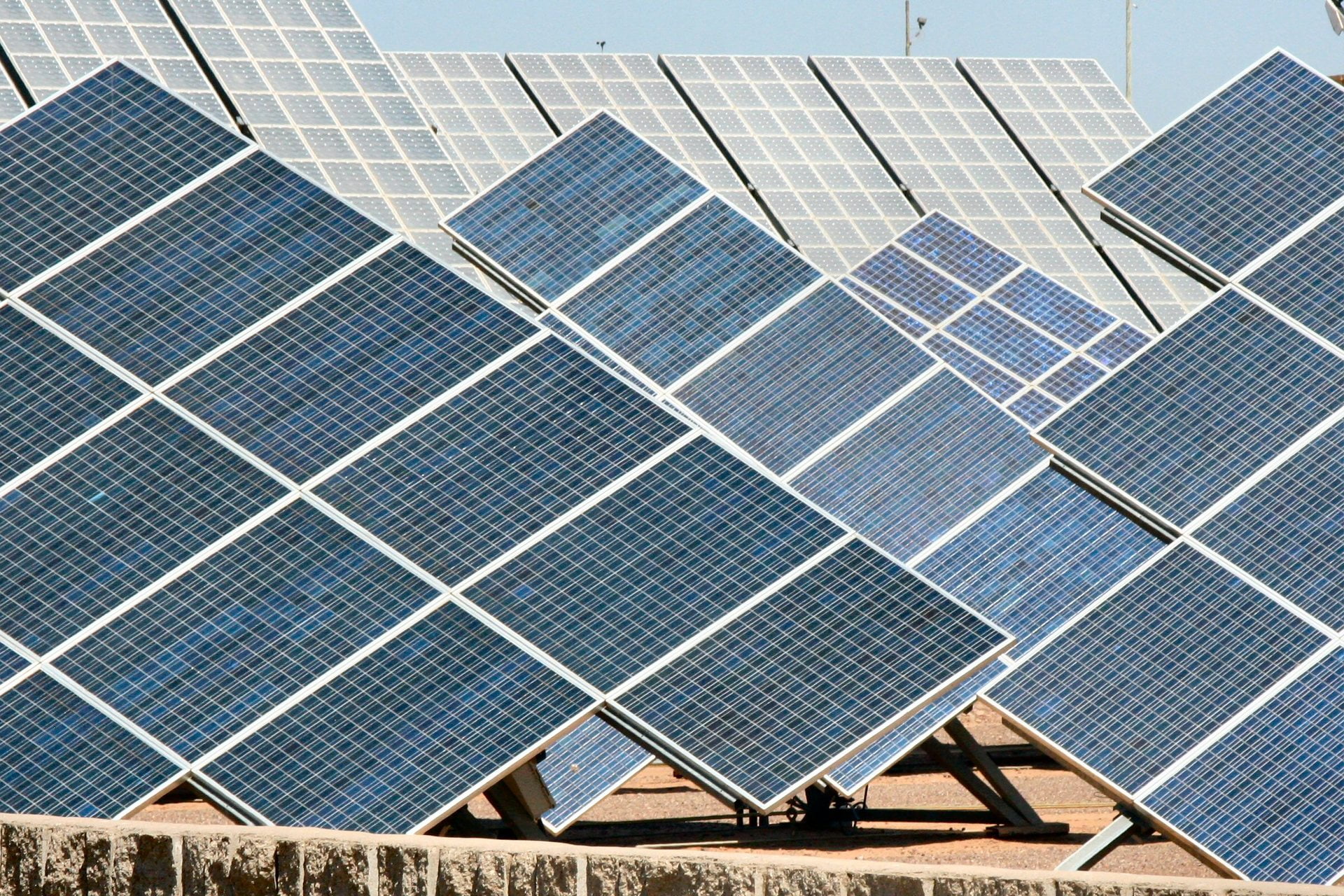The coalition government will end subsidies on solar in 2021 when the Renewable Energy Target expires, claiming that falling costs will allow the industry to forge ahead despite the cuts… but could Australia be creating a Solarcoaster?
Solarcoaster is the term coined for the ups and downs of the solar industry, particularly with reference to the way the market responds to the removal of subsidies.

The world saw this happen within the European Union as the financial crisis took its toll on the EU’s economy. Germany was the world leader in solar installation in 2010, but the removal of subsidies saw its influence wane.
Germany was then eclipsed by China in 2013 as the world leader for solar installation. China seemed to be roaring ahead and the huge number of solar farms that were built in the remote regions of the county made everyone sit up and take notice. Last year, China installed a staggering 53 Gigawatts of solar, more than five times the amount that was installed in the United States, which is the world’s number 2.
China is not only the world leader in solar farm installations but also in solar panel production. Everyone has turned to China as a cheap source of silicon solar panels because subsidised land and loans enabled China’s fledgling manufacturers to undercut European and American competitors.
The Chinese government also offered very generous feed-in tariff rates, stimulating the market even further as competition around it wilted.
Solarcoaster dived on June 1 2018

Six of world’s largest solar panel manufacturers are Chinese and everything seemed to be going swimmingly. Then, all of a sudden, on June 1 this year, the Chinese government pulled the plug on FTIs, severely limiting the number of solar installations which qualified for FTIs. This caused share values of solar panel manufacturers to drop off suddenly. The solarcoaster suddenly went into a very steep dive.
The knock-on effect has been so harsh that 20 GW of solar projects that were expected to be built this year have been scrapped. But is this a bad thing for consumers? Not necessarily. Because the demand for solar panels will now dwindle due to the glut of supply on the market, solar panels which are made in China are expected to shed a third of their market value.
This is good news for small-scale and large-scale rooftop solar developers in Australia. But in the long run, Australia runs the risk of discouraging solar installations in the long run when the government subsidies run out. So what will actually happen? Some believe that on a global level, this could be the first year since 2000 that the solar industry falters.
This also comes at a time when renewable energy sources have begun to compete on a toe-to-toe basis with traditional forms of electricity generation such as coal, gas, HFO and nuclear. In some places, wind and solar are actually the cheapest forms of electricity generation on the market.
China not the only country to slash subsidies

China is not the only country to have slashed FTI rates. Countries in Europe including Spain, the UK and the Netherlands have also slashed FTI rates. Another issue which the Chinese solar industry raised is that subsidies are often not the most efficient ways for them to benefit from rebates. Put in simpler terms, subsidies on paper are one thing, but actually being paid is another matter entirely.
Analysts found that the deficit in China’s solar subsidy fund for FITs rose to about $15 billion.
According to the International Energy Agency, China has begun a “Top Runner” experiment which is basically a reverse auction where developers who put in the cheapest bid to build and run projects most cheaply win the contract. The price bid is equal to what they will charge in long-term Power Purchase Agreements for the electricity they generate.
PPAs are becoming more popular and have yielded some startlingly low bids in sunny climates. In China recent PPAs sharply undercut the FITs and one even beat coal-fired power.
Slashing subsidies could make the industry healthier
China’s move may make the global industry healthier over time. Bloomberg New Energy Finance said that by 2019 more markets may embrace solar, given the fall in panel costs. The cheaper solar gets, the more appealing it becomes, especially in poor countries struggling to satisfy rising energy demand.
The price cuts may also give Chinese solar manufacturers, stung by 30% tariffs imposed by the Trump administration in January, an opportunity to regain competitiveness in America (which maintains subsidies of its own via tax credits).
The tariffs kept their silicon PV products out of the American market, bolstering sales of First Solar. But a fall of 30% or more in PV prices should make the tariffs less of a hindrance. Analysts say that is why First Solar’s shares have fallen by a fifth since June 1st.
Solar was the world’s biggest source of new power-generating capacity last year, but it still only generates a tiny 2% of global electricity. Australia is one of the world’s fastest-growing markets for rooftop solar.
About Leading Edge Energy
Leading Edge Energy is a commercial energy broker in Australia. We assist our clients by applying a holistic lens to your energy costs whereby we guide you through the complete energy cost reduction cycle from rates minimization to energy efficiency, solar generation and battery storage.
Our initial review and assessment process is a complimentary service and you are not obliged to accept any offer that we recommend to you.
Call us today on 1300 852 770 or send us an email at hello@leadingedgeenergy.com.au to get a quote.













